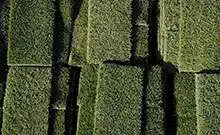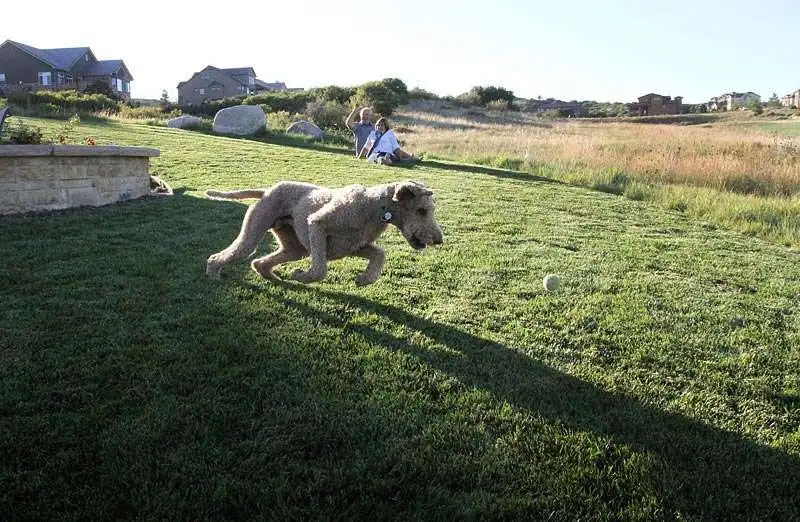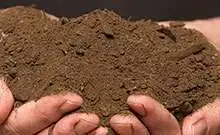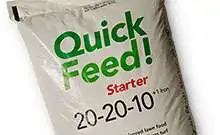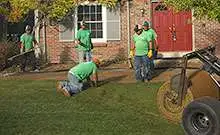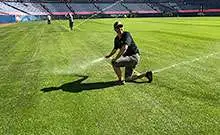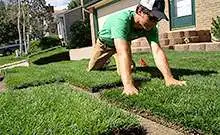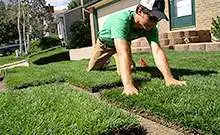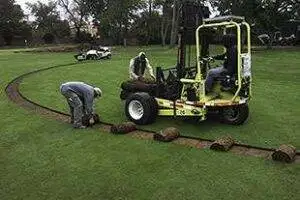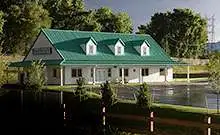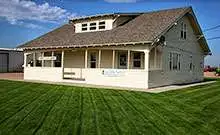Sodding In The Winter
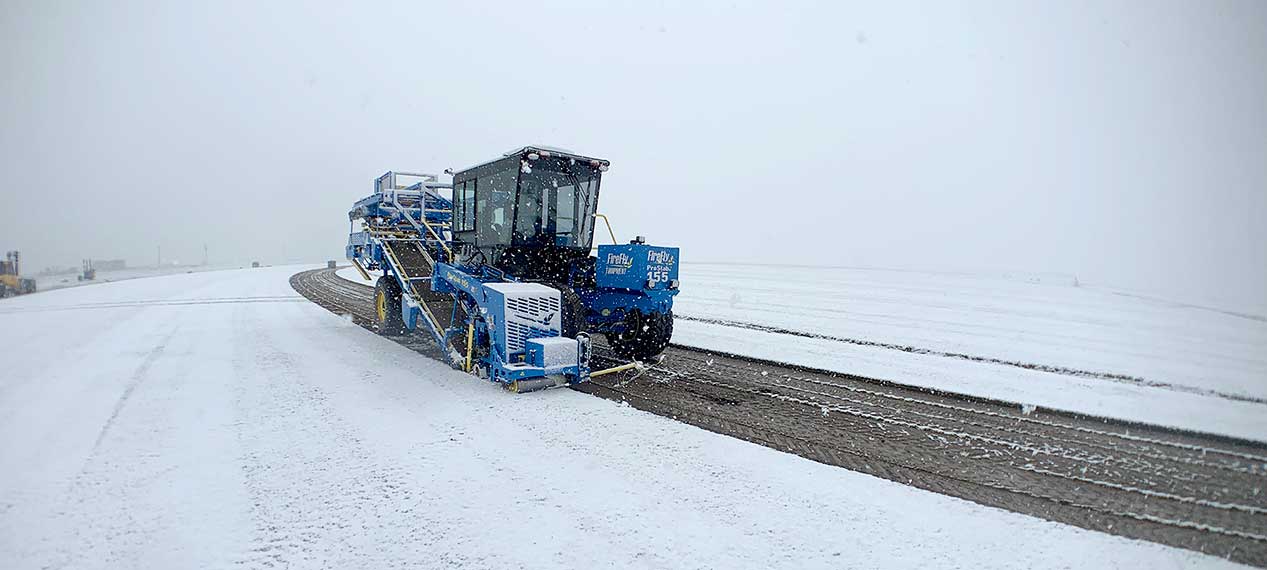
Winter is a great time to sod
In Denver we’ve been having a fairly mild winter, between snow storms there’s been beautiful weather and sunshine! With spring right around the corner, some of you may have started to think about redoing your lawn. Winter is actually a great time to sod! Although grass is mostly dormant, installing sod this time of year is actually completely doable. While its green color fades for the winter months, its stored energy is working hard to push new roots in search of deeper moisture in the winter. The lawn may not root as quickly this time of year, but once the temperatures start to rise your sod will take off!
The root system is still growing in winter
A huge advantage of laying sod in the winter is the fact that sod requires less water to keep it damp due to cooler temperatures. Even though the grass can look “dead”, it’s just dormant! The root system is still active and growing very slowly even in the winter months under a blanket of snow. As long as the grade is set, you can lay sod on frozen ground. With Colorado’s exceptional combination of sunshine and heavy, wet snow in the late winter months your yard will receive plenty of water, which is imperative during the first few weeks while it’s established. If you install sod in the spring you could be battling with mud and rainy weather, which can be a logistical nightmare. Installing sod while the ground is still frozen can avoid a huge mess and a scheduling and rescheduling disaster.
Use the sun to thaw out frozen sod
Sod does need to be unfrozen before installation, so pick a mild sunny day, and warm the frozen sod up in the garage or the sun. This will make it easier to install. Frozen sod is like trying to cut through concrete! But once it’s warmed up, it’s much easier to work with.
Prep your lawn for sodding
Installing sod in the winter is very similar to installing it at any other time of year. Make sure the ground is prepared and graded the way you’d like it to be. Apply starter fertilizer on the ground prior to laying the sod. We recommend our 20-20-10, but anything with a similar blend of Nitrogen, Phosphate, Potash and Iron will work! Next, lay the sod and pull the seams of the slabs tight. Water your new lawn anytime temperatures are over 40 degrees for as long as you can. Nothing helps a root system establish like a good soak! If the sod freezes after installation, don’t worry — the freeze will not harm your lawn.
Take Advantage of Natural Precipitation to Use Less Water
It’s not necessary to fully turn on sprinkler systems until the end of March. Watering new sod this time of year requires less water. If you do turn on sprinklers, blow them out or drain them to avoid freezing pipes. The amount of water needed varies, but due to cooler temperatures and natural precipitation you will likely go a week or so in between watering. Once covered in snow, there’s no need to water. On dry or warm days give the sod a little water. Use a garden hose until you can turn on your irrigation system. It’s best to keep your lawn very damp for the first few weeks while the root system is established. That way it can grow deep into the ground and create the most efficient lawn possible! This will ultimately help you save water down the road when the temperature starts heating up again.
What are you waiting for? Cover up that dirt and get a jump on establishing a new lawn!
Go to www.gvt.net and watch our video on how to install sod.

